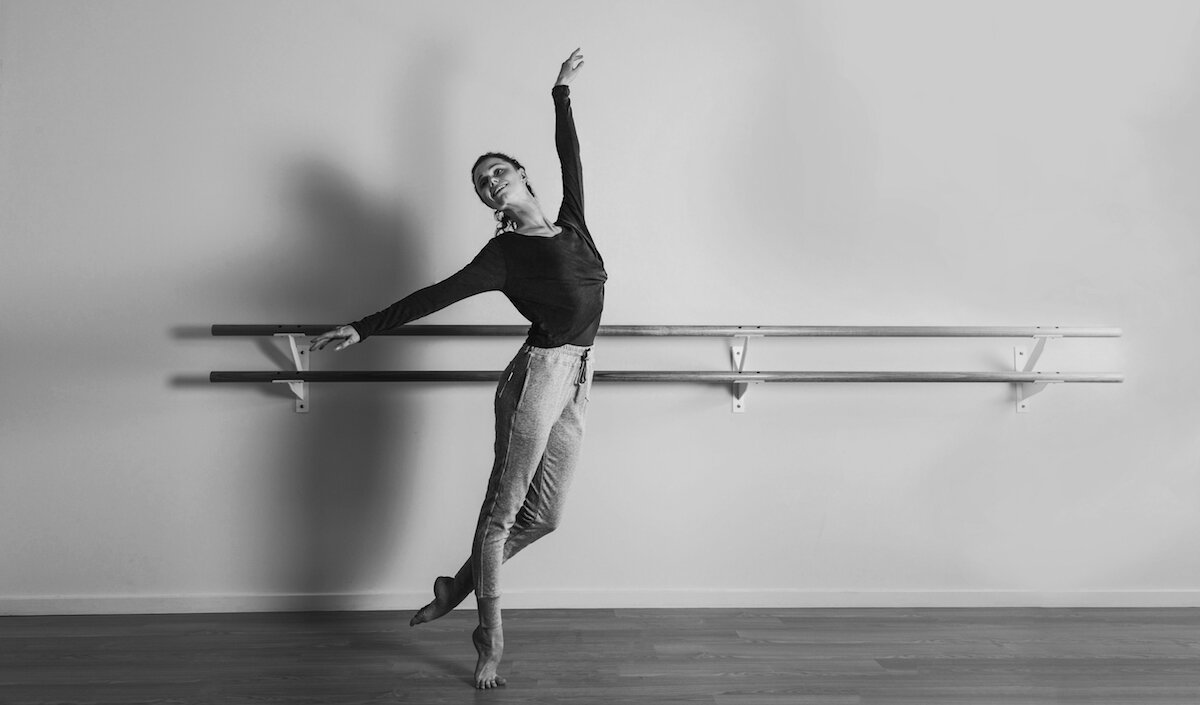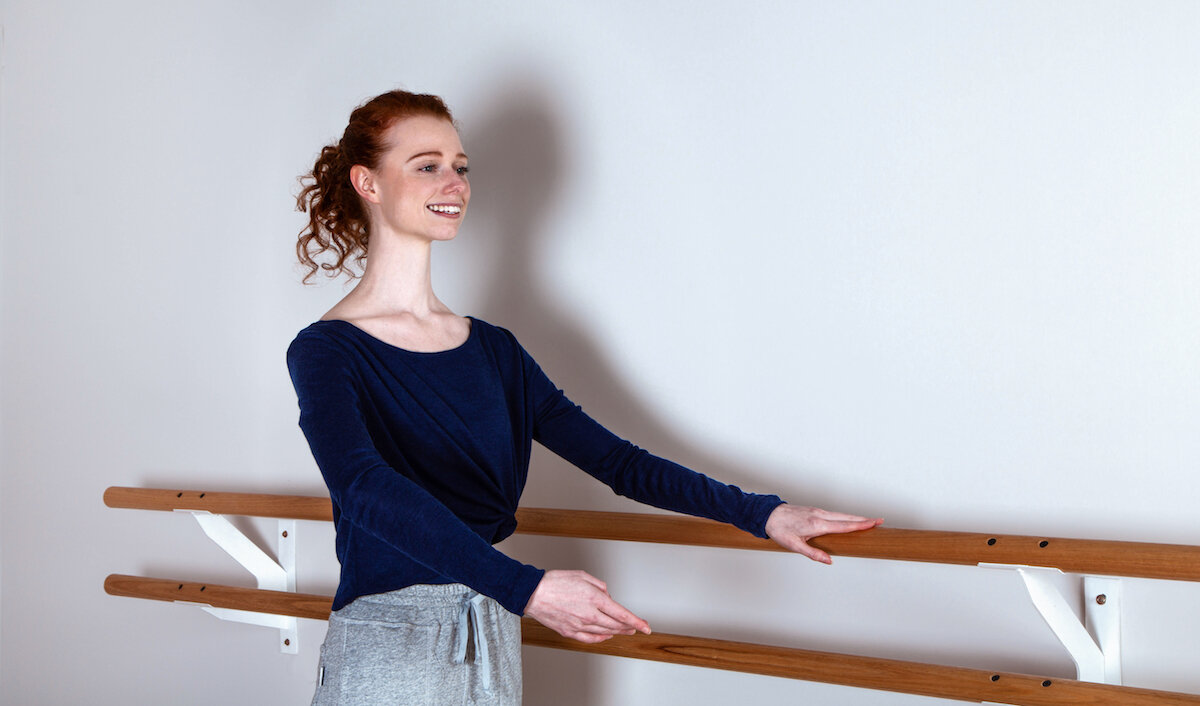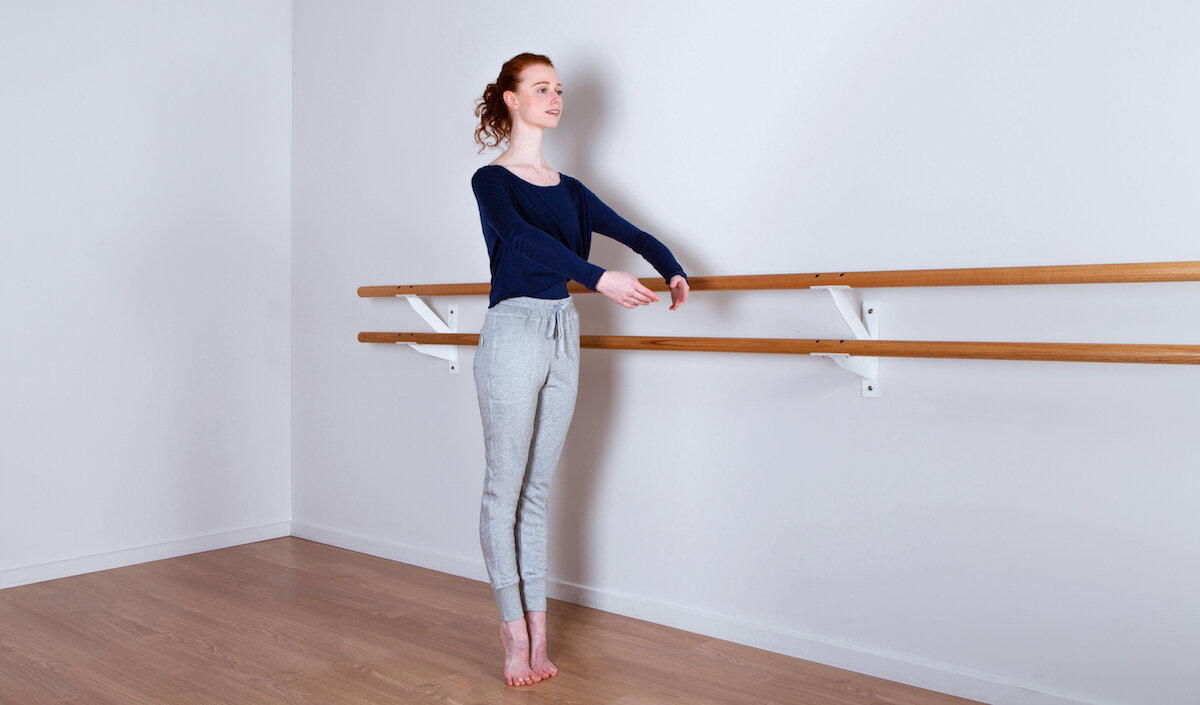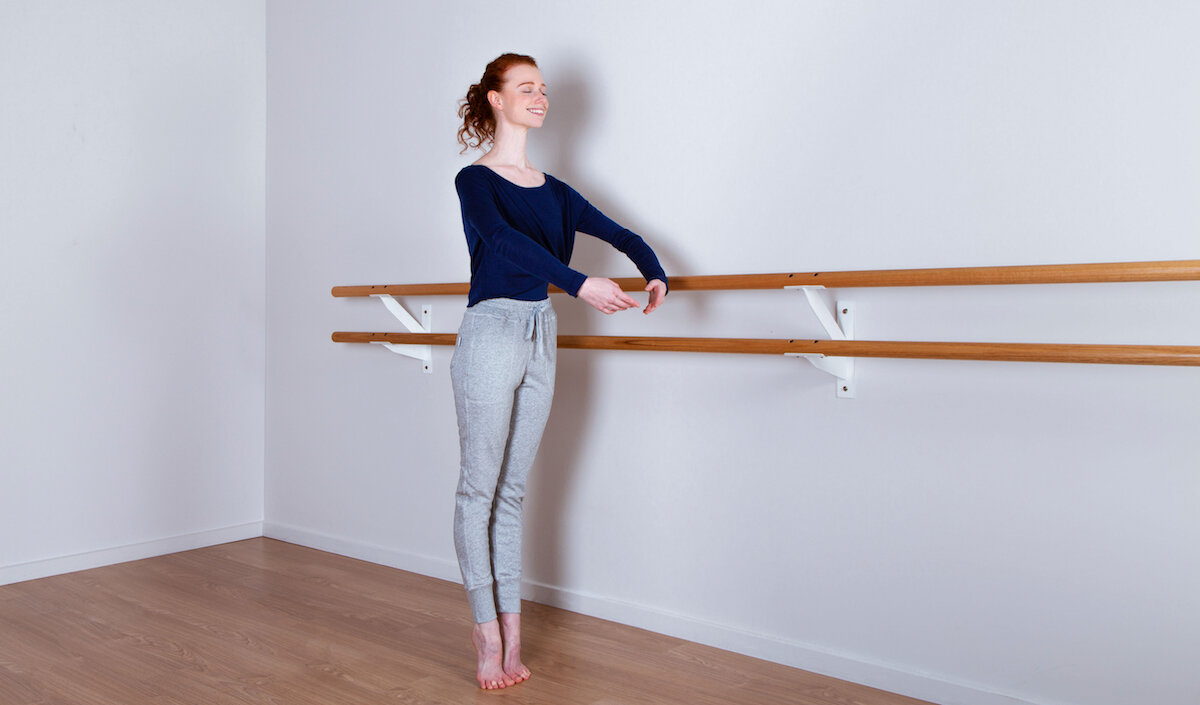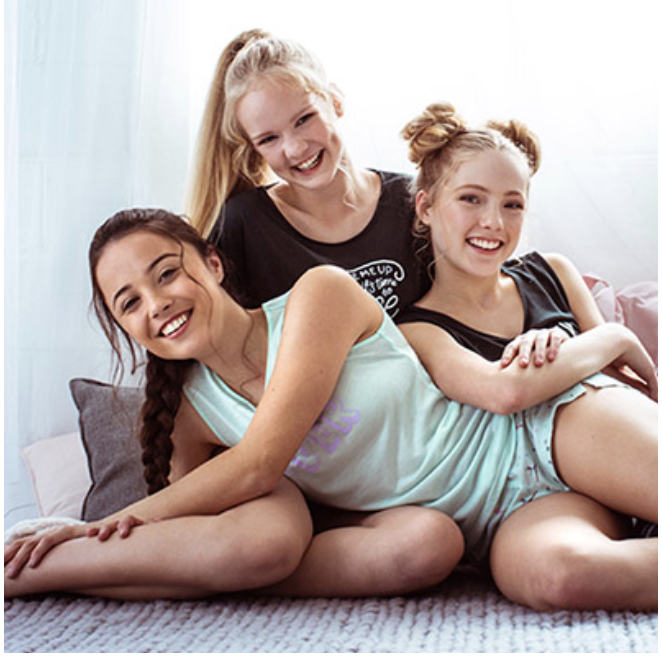Dance Advice | Improving Your Balance
Often we take our balance for granted. It’s an integral part of dancing (and life!), so why not zero-in on the essentials of improving yours? You may not be running off to join the circus and stand on your head, but it wouldn’t hurt to have the dexterity of a tightrope walker the next time you hit the dance floor. Below we’ve listed some of the ways you can easily improve your balance, both on and off the dance floor.
Balance is defined as a state of bodily equilibrium, characterised by stillness, and a cancellation of counter opposing forces on all sides. Our balance is primarily coordinated by three systems. The first is the vestibular or auditory system, located in the inner ear, which acts like a "carpenter's balance" to keep you level. The second balance system uses sensory nerves called proprioceptors that are located in the muscles, tendons, and joints. They give you awareness of your body’s position in a 3-dimensional space. And finally, there is the visual system, which sends signals from the eyes to the brain about your body’s position.
To some degree we all have ‘good balance.’ Who can’t manage a flight of stairs with some clutter underfoot, or walk in a straight line if asked to? But moving confidently from one foot to the next on the dance floor is when things start to get tricky! When you see someone with great balance it’s incredible to watch. Their ability to hold themselves so easily on one leg, especially en pointe, is something to be in awe of. So how do we all get this incredible balance?
Having good core strength is essential to movement and balance. Our ‘core’ refers to all the muscles that surround and connect to our trunk. It doesn’t matter how strong your arms and legs are if the muscles they’re attached to in your centre aren’t equally as strong. To support and enhance your core, it needs some love and attention (and not just hugs and kisses). Consistent strength training exercises are required to ensure your core strength is the best it can be. Have a look at our recent blog ‘Improving your Core Strength’ for some easy to do exercises that will leave you feeling strong and in control of your movements.
Seline wears the Ellen Top in Navy from the Merino Wool Collection and the Avery Track Pant in Grey Marle.
Aside from our core, another key element of balance is our posture. The spine and pelvis are the base for most movement and where the majority of our bodyweight is held. Awareness of posture assists with movement, control of the extremities, and correct weight placement for optimal balance. Posture doesn’t always mean having a stiff vertical spine. Rather than thinking of locking the spine into place, engage the muscles around the spine and direct it where it needs to go. Having good posture is especially important for performing turns. When we first start dancing we are amazed at how dancers can do multiple pirouettes without getting dizzy or falling over. It’s only when we start to learn how to turn for ourselves that we realise not only do they hold themselves in a specific way, they are also spotting. Spotting is a great way to improve and support balance. By finding a focus point and directing your eyes to that spot on the wall or back of the theatre can help you keep your balance longer. Just make sure you don’t spot the ground!
For some easy ways to keep on top of your balance, we’ve listed a few things you can do to strengthen your coordination, muscles, and reflexes:
1. Stand with your feet in parallel holding on to a chair, table or wall. Roll up to demi pointe and balance. Once you feel comfortable in the position, move your hands away from your support, find your balance and then close your eyes. Notice how it becomes a bit more difficult to balance with your eyes closed. Aim to focus your energy into your legs pushing down into the ground, activating your core and keeping energy in the arms. This will assist with keeping your balance.
If you feel comfortable doing this exercise on both legs, you can also try it on one leg to further test and improve your balance.
2. For a bit more fun, play a game of catch while balancing on one foot. If that feels too easy, you can further challenge yourself by standing on demi pointe. Not only will this help with your balance, it will also improve your hand eye coordination!
3. Another fun way to improve your balance is to improvise to a piece of music. Rather than thinking of choreography, imagine you’re trying to explore the whole room. Have someone randomly pause the music or use a ‘freeze dance’ app. When the music stops, challenge yourself to freeze and balance in whatever position you find you’re in. The more off centre you are, the better!
Above all else, tell yourself you can do it. Negative thoughts are only going to bring you down - literally. Speak kindly to yourself, give yourself a pep talk and picture yourself perfectly balanced. You’ll be surprised at how powerful the mind can be. True balance is always in flux so be open to changes. Good luck!
Article by Sheree Ronai-Horvath
Photography by Elly Ford

